Aminocandin (CAS 227472-48-2) | GMP Supplier & Manufacturer for Research Use
原价为:$22.00。$16.00当前价格为:$16.00。
Aminocandin (HMR 3270, CAS 227472-48-2) is a potent, water-soluble echinocandin antifungal compound. It demonstrates strong efficacy against Aspergillus and Candida species, making it a valuable research tool in antifungal drug discovery and mycology studies. Manufactured under GMP compliance, available in bulk and retail for laboratory research use only.
描述
Product Description
Background and Introduction
Aminocandin (HMR 3270, CAS 227472-48-2) belongs to the echinocandin class of antifungal agents, a family of semi-synthetic lipopeptides that target fungal cell wall synthesis. Unlike traditional azole or polyene antifungals, echinocandins specifically inhibit the enzyme 1,3-?-D-glucan synthase, which is essential for fungal cell wall integrity. By disrupting glucan synthesis, Aminocandin causes osmotic instability and cell death in susceptible fungi.
First developed as a next-generation echinocandin, Aminocandin gained attention due to its excellent water solubility compared to other echinocandins like caspofungin, micafungin, and anidulafungin. This unique solubility property makes it more versatile for in vitro and in vivo studies, providing researchers with a reliable antifungal candidate for diverse experimental models.
Chemical Properties and Structure
Aminocandin is a semi-synthetic cyclic hexapeptide derivative, modified with a lipid side chain to enhance its antifungal potency. It is structurally similar to other echinocandins but features improved solubility and potentially broader pharmacokinetic properties. Its molecular design enables strong binding to glucan synthase, producing robust inhibition of fungal cell wall biosynthesis.
Purity and GMP Manufacturing
This product is manufactured under strict GMP-compliant conditions, ensuring consistency, reproducibility, and high purity (? 98%). Such standards are critical for comparative research, reproducibility across antifungal studies, and translational potential in preclinical settings.
Research Importance
Fungal infections, particularly caused by Candida spp. and Aspergillus spp., remain a significant global health burden. Resistance to azole antifungals is rising, and polyene antifungals like amphotericin B carry high toxicity. Aminocandin represents an alternative mechanism of action with reduced cross-resistance, making it highly valuable for antifungal drug development pipelines.
Comparative Advantages
-
Water-solubility: Unlike other echinocandins requiring complex formulations, Aminocandin dissolves readily, enhancing ease of use.
-
Broad activity: Effective against both Candida (including azole-resistant strains) and Aspergillus.
-
Low toxicity profile in preclinical models: Offers safer handling compared to polyenes.
-
Novel structural modifications: May overcome some resistance barriers observed in first-generation echinocandins.
In summary, Aminocandin is a unique echinocandin antifungal agent that not only broadens the available toolkit for fungal research but also serves as a comparative molecule for studying drug resistance, pharmacokinetics, and future therapeutic design.
Product Specifications
| Parameter | Details |
|---|---|
| Product Name | Aminocandin |
| Synonyms | HMR 3270 |
| CAS Number | 227472-48-2 |
| Molecular Type | Semi-synthetic lipopeptide (echinocandin antifungal) |
| Functional Role | Inhibitor of 1,3-?-D-glucan synthase |
| Appearance | White to off-white lyophilized powder |
| Purity | ? 98% (HPLC verified) |
| Molecular Formula | C52H80N8O18 (approximate) |
| Molecular Weight | ~1,109 g/mol |
| Solubility | Highly soluble in water, PBS, and DMSO |
| Stability | Stable ? 24 months in lyophilized form |
| Storage Conditions | -20°C, dry, protected from light |
| GMP Compliance | Produced under GMP-certified facility |
| Applications | Antifungal drug discovery, resistance studies, fungal pathogenesis research |
| Availability | Wholesale & retail quantities available for laboratories |
| Safety Note | For research use only; not for human or veterinary administration |
Extended Notes
The superior solubility of Aminocandin gives researchers flexibility in preparing aqueous formulations. This is particularly advantageous in cell-based assays and animal model studies, where solubility often limits the utility of other antifungal candidates. GMP-level production further ensures batch-to-batch reproducibility, which is crucial for long-term comparative studies.
Mechanism of Action & Research Applications
Mechanism of Action
Aminocandin’s antifungal activity stems from its selective inhibition of 1,3-?-D-glucan synthase, an enzyme required for synthesizing glucan polymers in fungal cell walls. This results in weakened cell walls, osmotic lysis, and fungal cell death. Importantly, mammalian cells lack glucan in their membranes, contributing to the compound’s selective toxicity toward fungi.
Key points in its mechanism:
-
Direct binding to glucan synthase at the cell membrane.
-
Inhibition of glucan chain elongation.
-
Reduced structural rigidity in the fungal wall.
-
Induction of cell wall rupture under osmotic stress.
Research Applications
-
Antifungal Resistance Studies
Aminocandin serves as a critical tool in studying resistance mechanisms in Candida spp. and Aspergillus spp. Researchers can investigate mutations in glucan synthase subunits (FKS genes) associated with reduced echinocandin susceptibility. -
Drug Synergy Studies
Combination studies with azoles, amphotericin B, or novel antifungal agents can assess synergistic or additive effects, providing insights into potential future treatment regimens. -
Preclinical Mycology Models
Its solubility and potency make Aminocandin suitable for murine models of systemic candidiasis and invasive aspergillosis. -
Biofilm Research
Candida biofilms are notoriously resistant to azoles. Aminocandin offers a valuable model compound to evaluate echinocandin penetration and efficacy against biofilm-embedded fungal cells. -
Comparative Antifungal Research
By comparing Aminocandin with FDA-approved echinocandins, researchers can map structural features contributing to potency, solubility, and pharmacokinetics.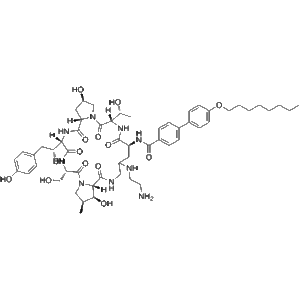
Side Effects (For Reference in Research Models)
Although Aminocandin is intended for laboratory use only, preclinical models have documented possible side effects relevant to research interpretation:
-
Hepatotoxicity markers: Some rodent studies report mild elevations in liver enzymes.
-
Infusion-related reactions: Echinocandins in general may cause histamine-mediated reactions in animal models.
-
Renal impact: High-dose exposures may alter kidney function markers.
-
Gastrointestinal disturbances: Observed in some in vivo studies, possibly dose-dependent.
-
Resistance development: Long-term exposure in fungal cultures can select for resistant strains via FKS gene mutations.
Researchers are encouraged to consider dosage optimization, solvent interactions, and repeat freeze-thaw cycles, all of which can influence experimental reproducibility.
Disclaimer
For laboratory research use only. Not for human or veterinary use.
Keywords
-
Aminocandin GMP supplier
-
HMR 3270 antifungal agent
-
Echinocandin antifungal research compound
-
Aminocandin bulk powder
-
Aminocandin wholesale and retail
-
Aminocandin mechanism of action
-
Research use only antifungal peptide
-
Aminocandin Candida Aspergillus research
-
Water-soluble echinocandin compound
其他信息
| 重量 | 0.8 公斤 |
|---|---|
| 尺寸 | 26 × 36 × 26 厘米 |

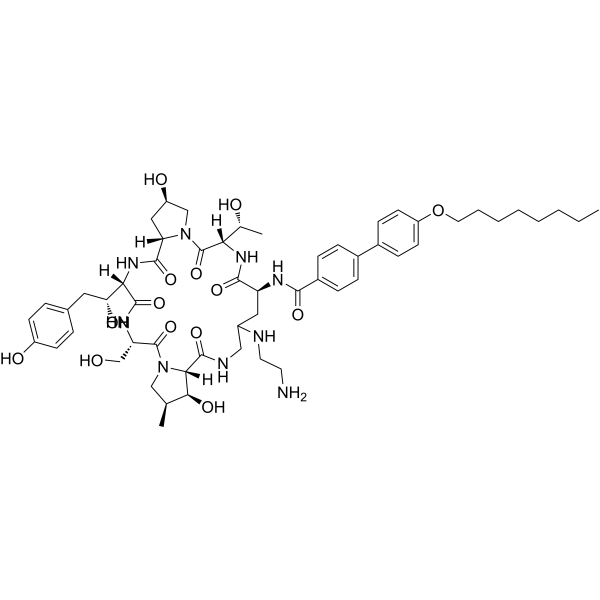
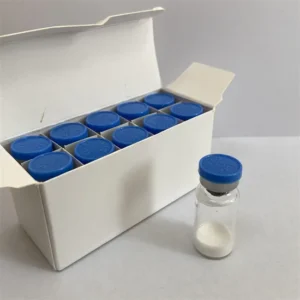
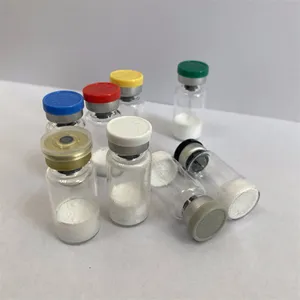


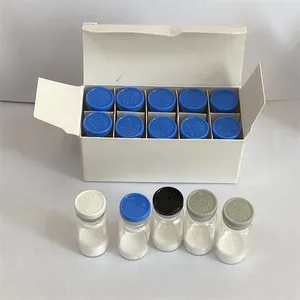

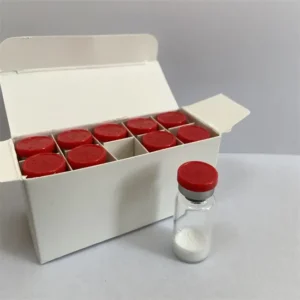

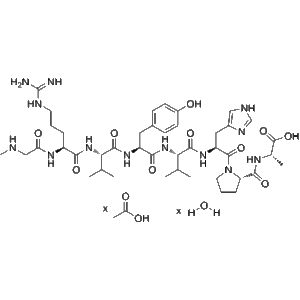

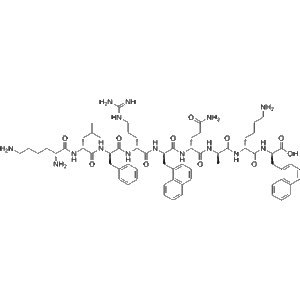
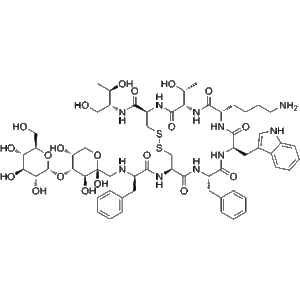
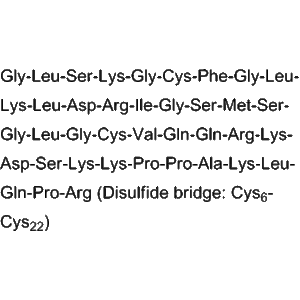
评价
目前还没有评价